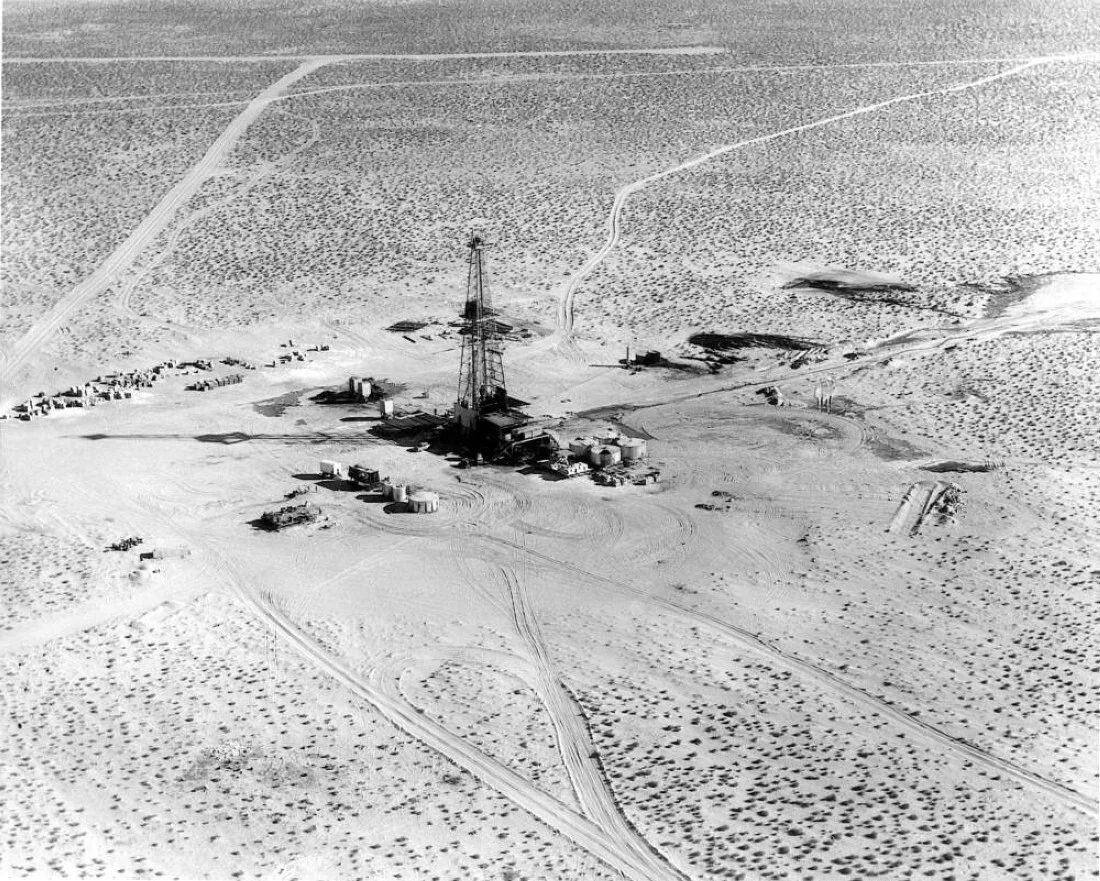Finding and extracting black gold was not an easy task for Saudi Arabia. Instead, it was a disappointing start. In the 1930s, the Kingdom discovered its first oil field after five full years of exploration.
Saudi Arabia first entered into an oil exploration contract with Standard Oil of California, an American company, in 1933. California Arabian Standard Oil Company (Calif. Arabian Standard Oil Company, now Aramco) was subsequently established as a subsidiary of the Kingdom to carry out the agreement. 
Additionally, until the discovery of the Dammam 7 well in 1938, the American company could not locate its first oil field in Saudi Arabia. After multiple unsuccessful attempts, the business decided to depart without a single success.
It then turned to Max Steineke, the leading American geologist, who recognised the importance of carrying out the exploration. Following this event, oil discoveries began to occur. King Abdulaziz manually filled the tanker Dr. G. Schofield in 1939, marking the beginning of the Kingdom’s export of its first shipment of crude oil as oil production grew in the country.
Moreover, the Abqaiq field was discovered in 1940 in the Kingdom’s Eastern Province. The world’s largest crude oil concentration plant and oil processing facility are currently located there.
Read more: Taxing Oil Companies will not Solve the Global Energy Crisis: Aramco CEO
Aramco Recognises the Light
The California Arabian Standard Oil Company changed its name to the Arabian American Oil Company in 1944. In 1952, the company’s headquarters moved from New York to Dhahran, Saudi Arabia. As oil production increased, the Saudi company reached a record-breaking 500,000 barrels per day in 1949.
The largest offshore field in the world, Safaniya, emerged in the Arabian Gulf in 1951. The daily production of crude oil in Saudi Arabia surpassed one million barrels by 1958. Besides, the Saudi government nationalised Aramco as a result of the ongoing production growth. It acquired a 25% share in the business in 1973 and then raised that share to 60% in 1974.
By 1980, the Saudi government had acquired all of Aramco’s capital, renaming it the Arabian Oil Company (Saudi Aramco) and appointing Ali Al-Naimi as its first Saudi president in 1984.
Read more: Saudi non-oil sector surges as PMI hits 59.6 in June
Second in the World
After multiple oil discoveries, Aramco went from being a small local business to becoming one of the biggest oil companies in the world. In addition, Saudi Arabia emerged as a major force in the global energy market, ranking second only to the United States in the world for crude oil exports and as the largest member of OPEC in terms of crude production. 
The most recent data from the Oil & Gas Journal indicates that Saudi Arabia’s proven oil reserves increased from 261.6 billion barrels in 2021 to 267.1 billion barrels in 2022.
Saudi Arabia’s oil production seems to stay around 9 million barrels per day in 2025, as it did in 2024. Saudi Arabia and seven OPEC+ member states have announced a three-month extension of voluntary production cuts of 2.2 million barrels per day until March 2025 to stabilise global markets and prices.
Ultimately, KSA contributes roughly 1 million barrels per day to the voluntary production cuts, which total 2.2 million barrels per day. It also contributes roughly 500,000 barrels per day to the “additional” voluntary production cuts, for a daily total of 1.5 million barrels.
Read more: Oil Price Fluctuations and Their Effects on the Saudi Economy